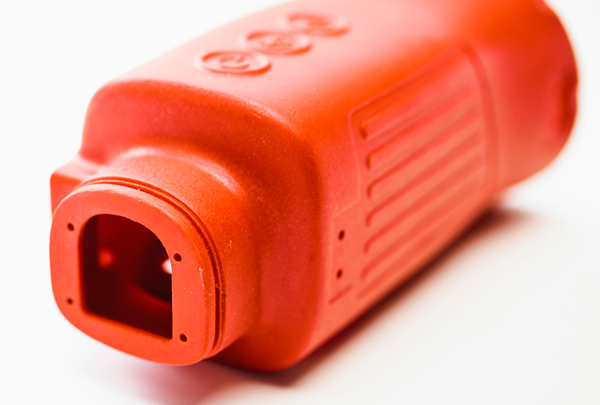The manufacturing industry comes up with ways of ensuring there is an excellent quality of products being produced. Vacuum prototyping is one of them and it has been used to make some of the most instrumental parts in various industries. It is normally used in areas where air trapping is common and is not wanted. It ensures the work done is free from air and is good in quality. But as in every place, everything has its advantages and disadvantages. Vacuum casting remains one of the best despite it having some drawbacks.
Advantages of the Vacuum Forming Process
Consistency in Wall Thickness
When manufacturing identical products, there is a need to have maximum uniformity not just in design but also in material thickness. Vacuum forming can achieve that because the injection molding used is normally the same and uses the same vacuum quantity to ensure casting is done. The result is that you have a perfect and uniform thickness on all products formed.
Excess Wastes Can Be Recycled
When casting using a vacuum, it is important to make sure you have an excellent kind of resource collection because a lot of it will drop out as the molding occurs. This means you can collect them and reuse them where possible. To minimize waste, make sure you have a perfect way to collect these excess plastics so that you don’t spend a lot of money buying new plastics. Always make sure you have the best system in place that doesn’t drop out a lot of materials in the making of the cast.
It is Quick in Manufacturing the Product
Vacuum casting is quick because once the liquid material is ready, the vacuum pulls in the material. You don’t have to use any energy as the liquid material gets inside. Make sure the molds are in perfect shape because once the liquid is injected there is no reversing unless you melt it again.

vacuum prototype parts*
Disadvantages
Making Complex Parts is not easy
Vacuum casting is only good for simple designs. Complicated shapes may not work well because it doesn’t have the technical capability to do that. You might want to consider other manufacturing processes if you have complicated designs
It’s Not Ideal for Mass Production
When it comes to mass production, it may be hard to use the casting with a vacuum because it allows only one part at a time. Vacuum prototyping is only good if you want a few products one at a time. You may compromise the quality of the products if you do it in a hurry speed. You can use CNC production if you want to produce a large number of products at once. Product uniformity may also be an issue especially if you don’t have a constant system that creates molds perfectly.
Conclusion
When it comes to vacuum prototyping, always make sure you check quality benchmarks to ensure you have the best product. If you don’t have a reference for quality checks, you may end up producing low-quality products. Use vacuum prototyping only when manufacturing parts that are not used in important places like cars and electric lines for a safety breach.
